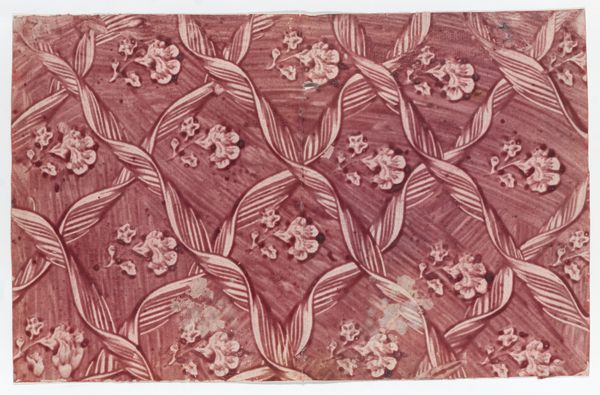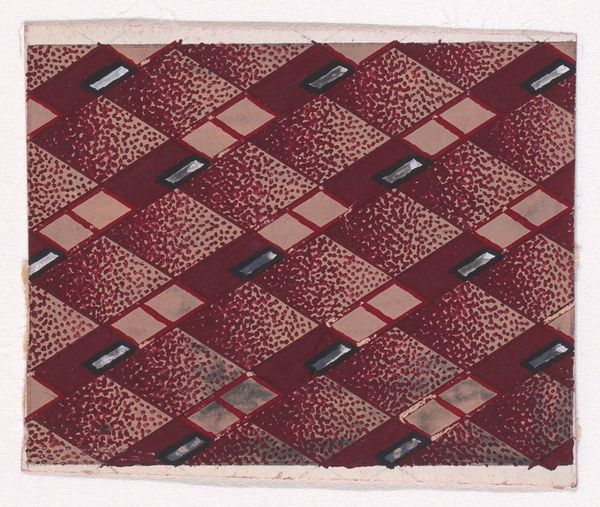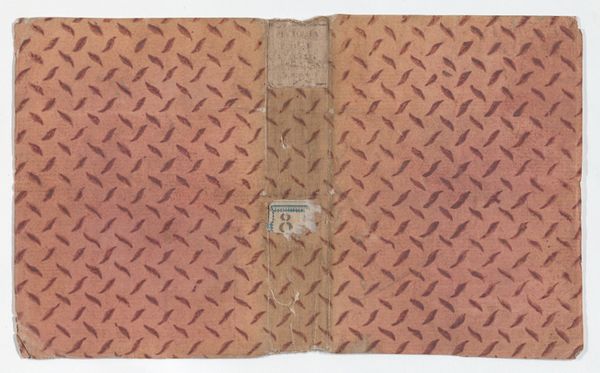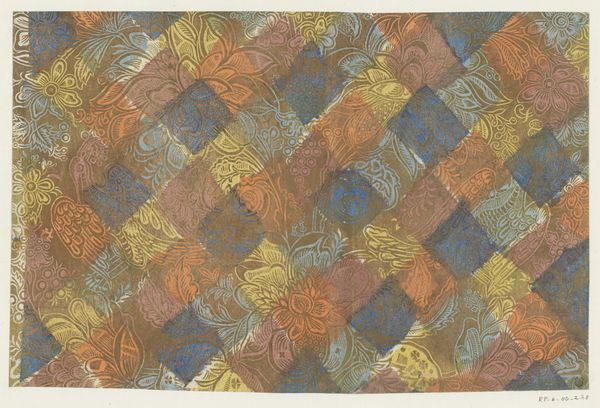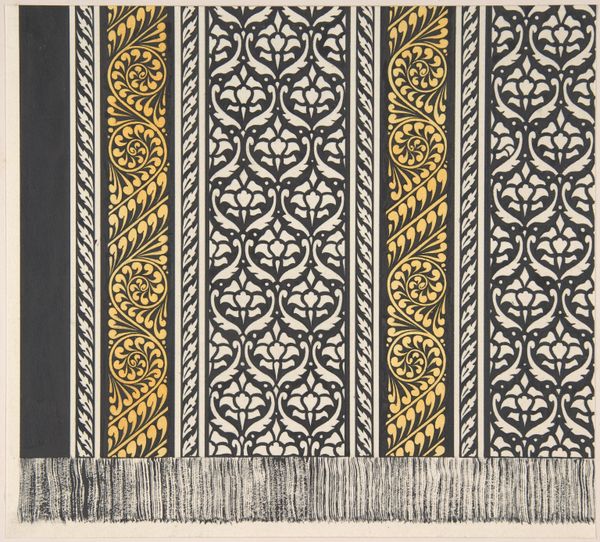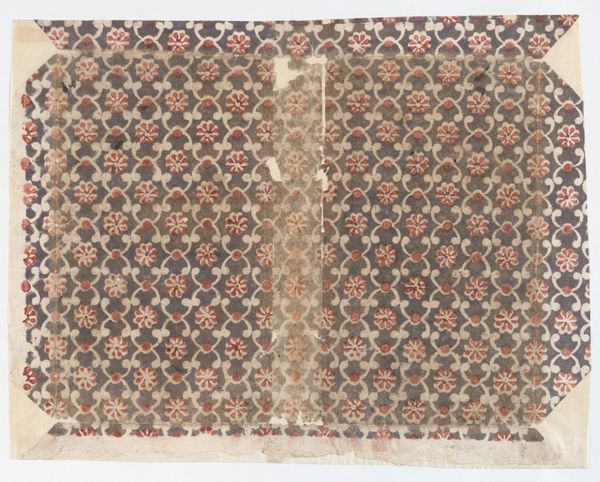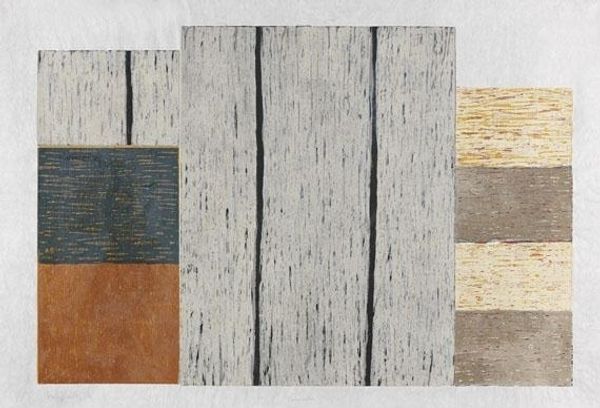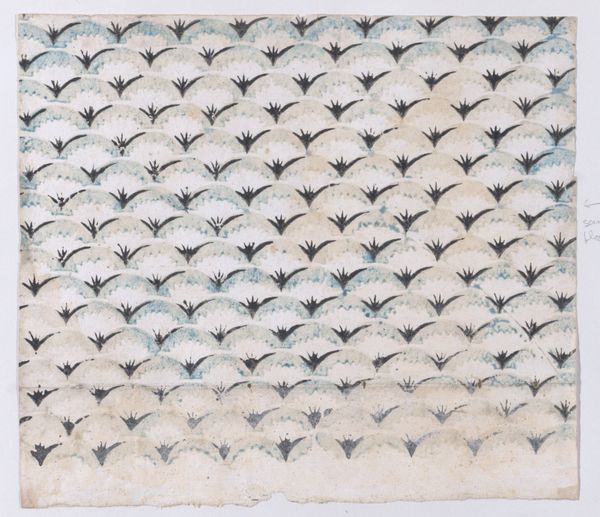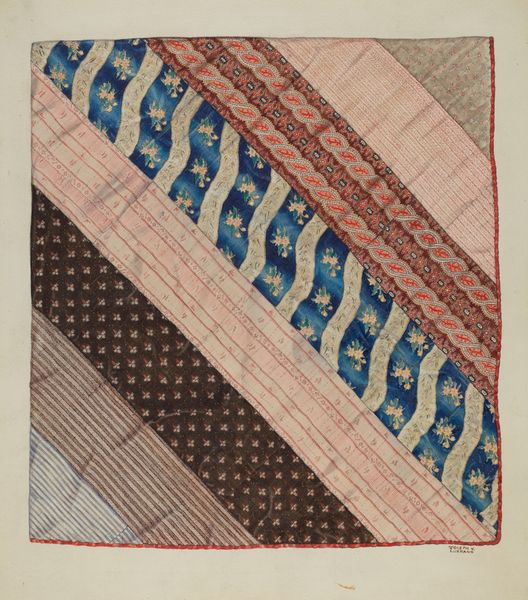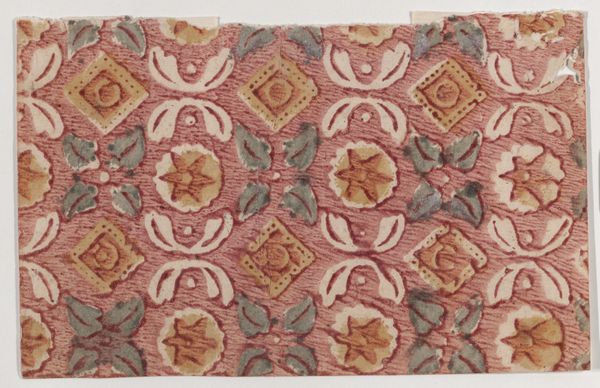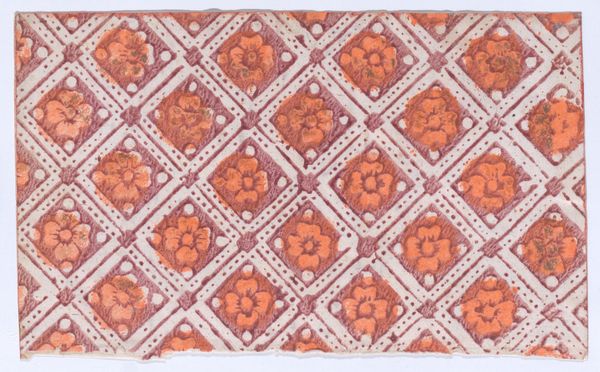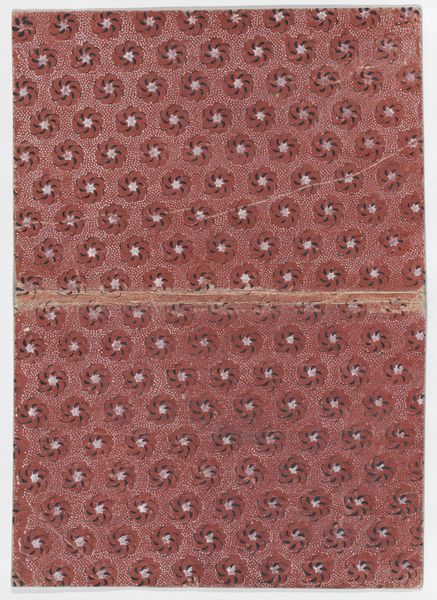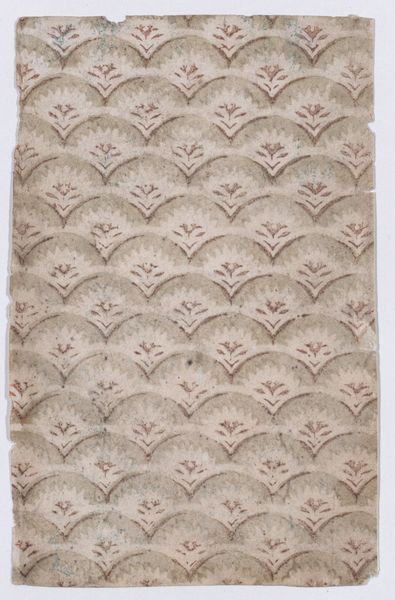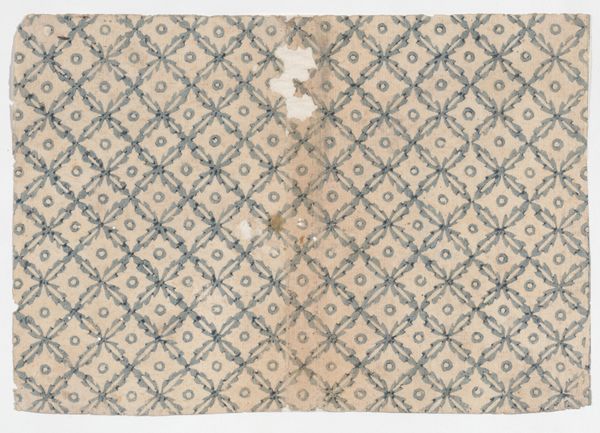
mixed-media, photography
#
portrait
#
mixed-media
#
contemporary
#
sculpture
#
figuration
#
photography
#
islamic-art
#
mixed media
Copyright: Lalla Essaydi,Fair Use
Curator: Here we have Lalla Essaydi's "Bullet Revisited #26 Triptych" created in 2013, a captivating work of mixed media incorporating photography. Editor: My initial impression is one of luxurious stillness, like a scene from an old Hollywood movie reimagined. The golden hues and the reclining figure give it a decadent, almost dreamlike quality. Curator: Essaydi's work consistently confronts and questions the Western gaze upon women in Islamic cultures. Her carefully staged photographs often subvert orientalist stereotypes. Editor: Absolutely, and it's done through a complex interplay of symbols. The bullets, presumably represented in the textured surfaces, contrast sharply with the opulent textiles, creating a powerful tension between beauty and danger, luxury and constraint. Do you think the triptych format impacts its reception? Curator: Significantly. The use of a triptych—traditionally associated with religious iconography—elevates the subject. It implies multiple perspectives, or perhaps even a narrative unfolding across the three panels. Essaydi challenges the singular, often reductive, view of women in Islamic societies, offering a fragmented, yet complete vision. Editor: I also notice the layering of patterns and textures. They seem to intentionally obscure the figure, almost camouflaging her within her environment. What cultural significance do you see embedded in this choice? Curator: It is not necessarily an obscuring as a reclaiming of space. Essaydi often explores the themes of confinement and liberation within domestic settings, and those patterned surfaces may signify the intricate web of expectations and limitations placed upon women, while the golden bullet casings, can represent resilience. I believe that these portraits offer a profound meditation on identity and agency. The artist engages with Orientalist tropes, to transcend cultural barriers and foster empathy and challenge preconceived notions. Editor: It definitely gives us pause to consider how symbolic languages can operate in culturally specific but also deeply individual ways. These pieces allow the female form to both emerge from and dissolve into historical context and experience. Curator: Yes, exactly. Her visual vocabulary is rich and demands close consideration, and I admire Essaydi's artifice of giving voice to the experience and reframe traditional visual tropes. Editor: It's a reminder that images hold within them the power to challenge our perceptions, provoke thought, and perhaps even reshape cultural understanding.
Comments
No comments
Be the first to comment and join the conversation on the ultimate creative platform.
